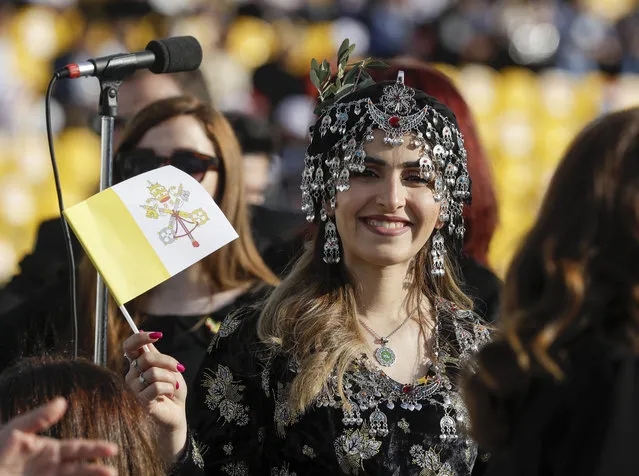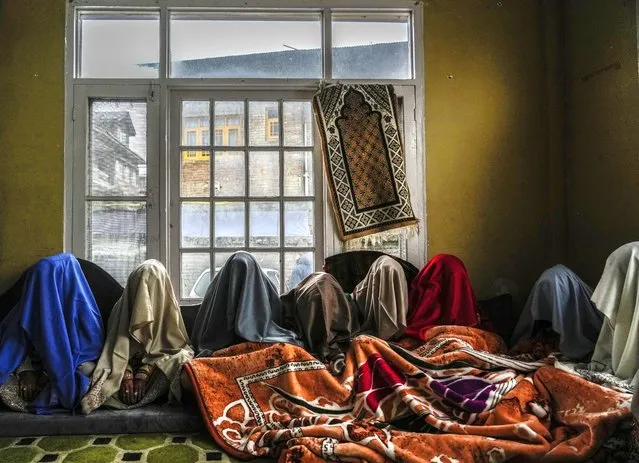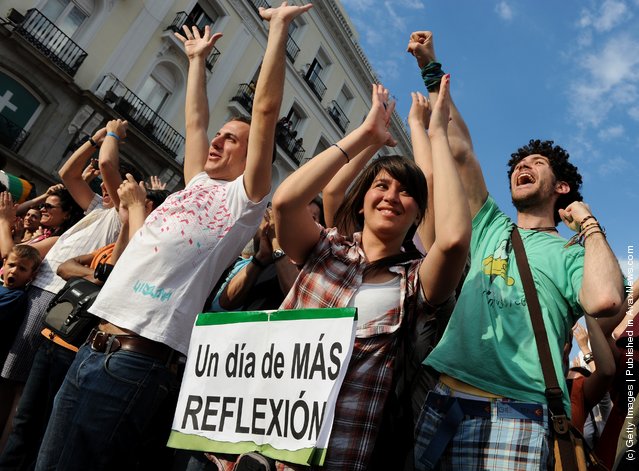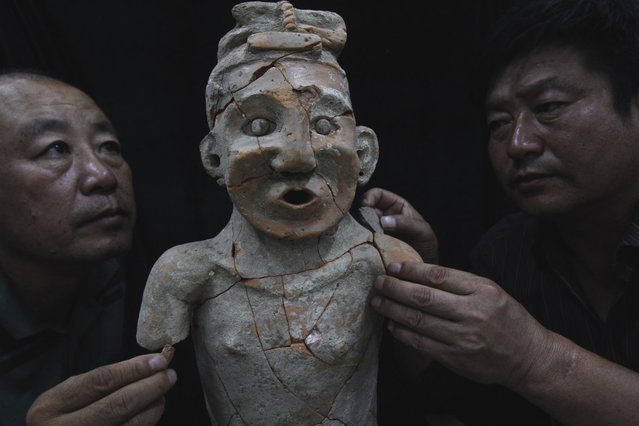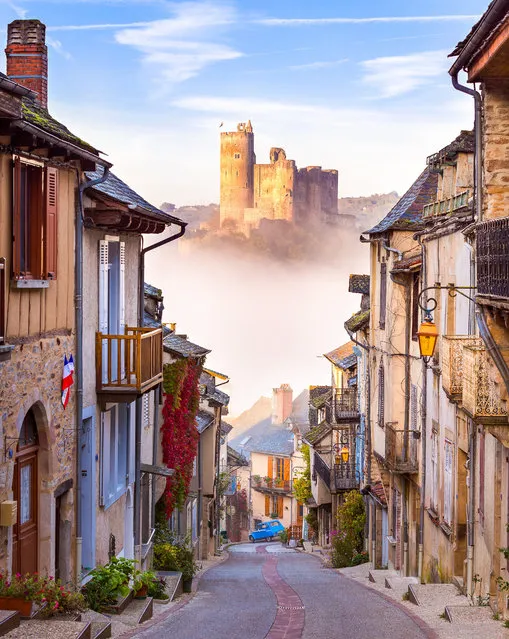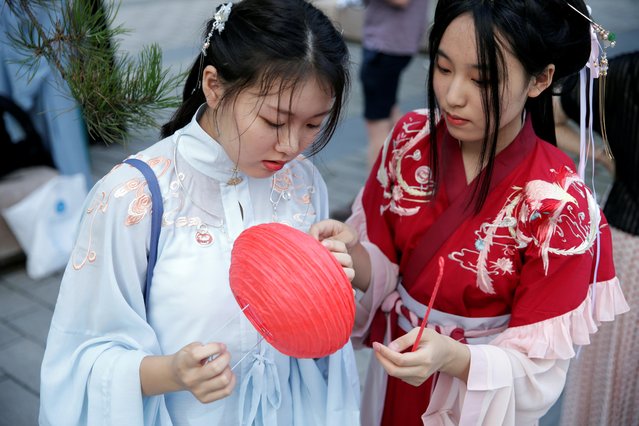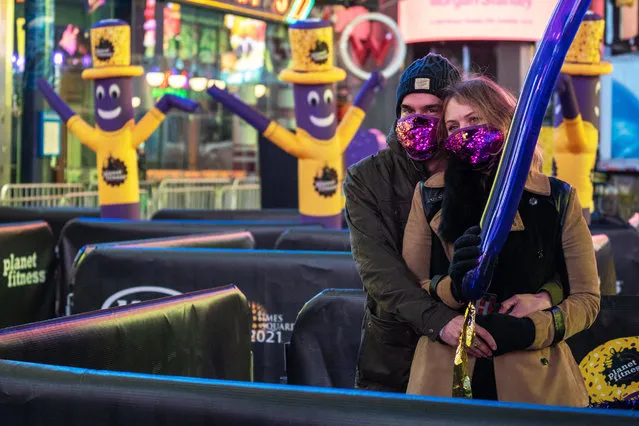
Revelers celebrate New Years Eve in socially distanced pods at Times Square on December 31, 2020, in New York City. On average, about one million revelers are drawn to the Crossroads of the World to watch performances and celebrate the New Year. This year a limited live audience of about 40 first responders and essential workers will be allowed to watch the New Years' ball drop from a secure area in Times Square. (Photo by David Dee Delgado/Getty Images)
05 Jan 2021 00:07:00,post received
0 comments

